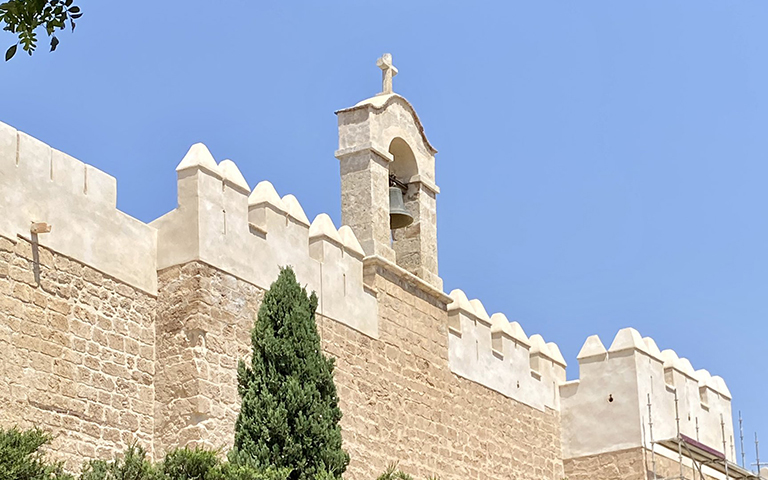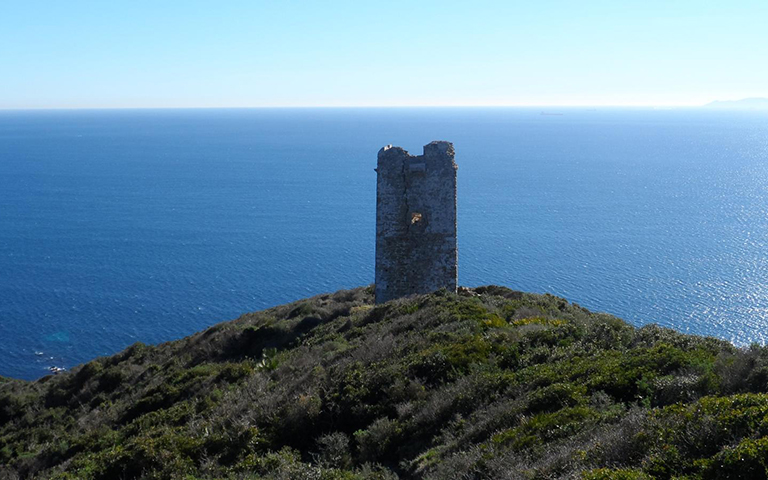City Walls of Ronda

Pedro Gurriarán Daza, Salvador Garcia Villalobos
This intervention is justified as the need to urgently consolidate a group of highly altered medieval remains that run the risk of irreversibly deteriorating. These works are necessary not only to guarantee the proper preservation of our historical heritage, but also to guarantee the necessary security conditions for visitors and tourists who transit under the parts of the walls considered.
There are two main differentiated areas, one on the eastern and other on the western front, and both have the fundamental characteristic of presenting frequent detachments. The structures, in both cases, were originally built with carved masonry arranged in courses, lining a core of limestone. The intention is to respectfully preserve the aforementioned vestiges, avoiding their deterioration and accentuating them through non-interventionist restorative criteria. We only acted on points with major problems, consolidating the materials and only completing them in a punctual manner where there have been detachments of masonry, differentiating the old from the new.
1. Wall of the Campillo
This part of the city walls of Ronda had reached our days in a state of abandonment that endangered the stability of the wall itself. The lack of maintenance and the abundant presence of parasitic vegetation and water leaks had deteriorated the medieval structures, with profound alteration of the bond mortars and the fall of masonry.
The restoration intervention began by eliminating the abundant vegetation rooted on the defensive walls and the restoration of the materials, eliminating those parts detached from the mortars or masonry. Once these tasks were completed, the medieval elements were consolidated, grouting all the structures with lime mortar. In those parts where large cavities existed, new carved masonry was executed. The aim was to obtain an appearance similar to that of medieval structures, with the separation between the new and the old being marked by the inclusion of a lead sheet in the mortar.


2. The southern tower of La Cijara
The degradation process that this tower experienced has been relatively rapid, probably as a consequence of water leaks that have broken up the mortar applied in previous restorations. A mortar essentially devoid of binder accelerated this deterioration process, which manifested itself more seriously in the lower area of the tower, where the humidity was highest. As a consequence, the mortar ended up weathering, causing the fall of masonry in this area and the opening of large gullies.
The restoration work on this tower has basically tried to clean up and consolidate the stone elements that make up its structure. For this, we have intervened especially on mortars with a high degree of degradation. All the factories were cleaned up, eliminating the detached parts and rejoining the most damaged parts with new lime mortars.


